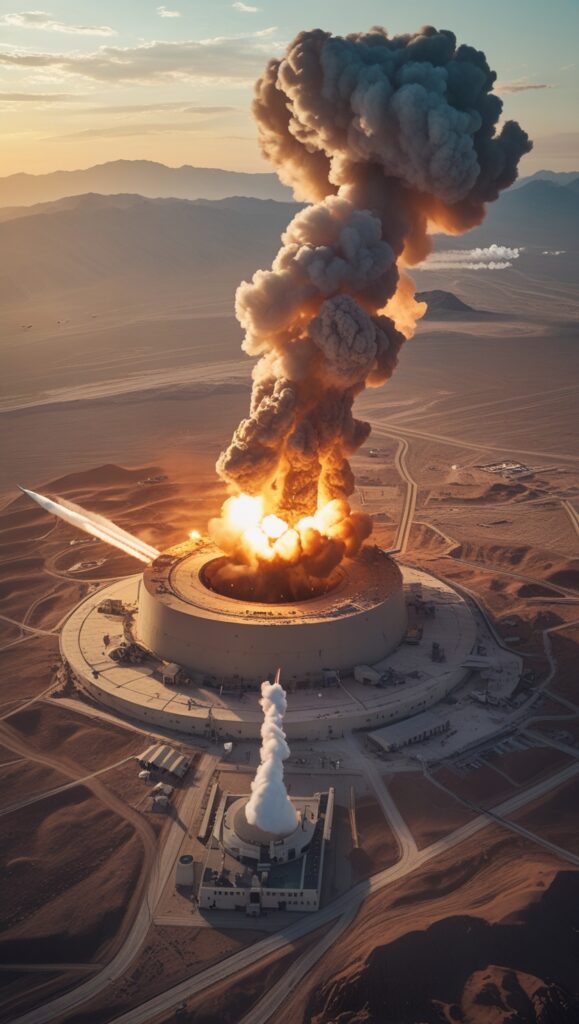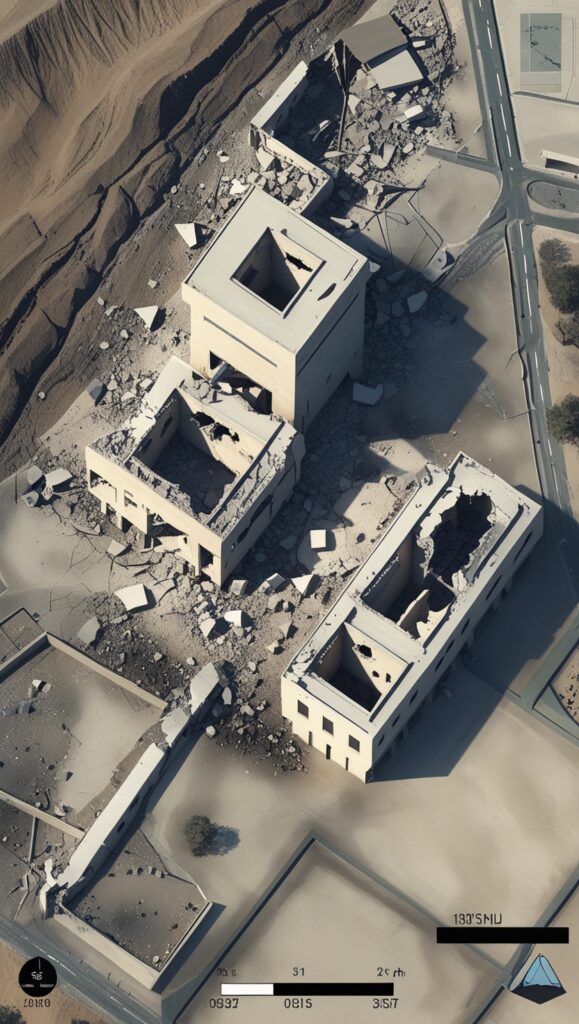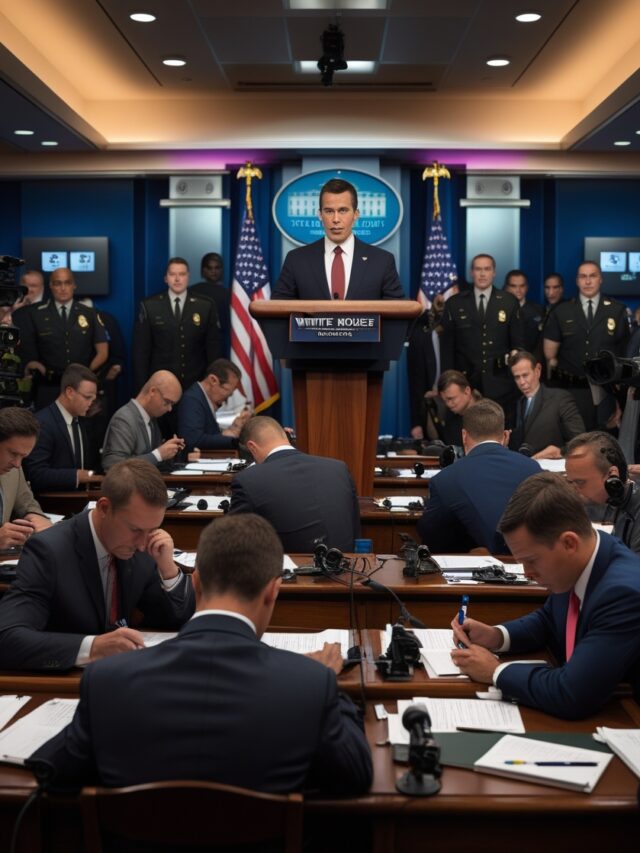The recent US airstrikes targeting Iran’s nuclear facilities have stirred a major controversy worldwide. Initially hailed as a decisive and destructive military operation by American leadership, fresh intelligence reports now suggest a completely different reality on the ground.
Over the past weekend, the United States launched airstrikes on three of Iran’s most critical nuclear sites—Fordow, Natanz, and Isfahan. These facilities have long been under international scrutiny for allegedly being central to Iran’s covert nuclear weapons development program. The decision to strike was described as a necessary step to stop Iran from reaching its goal of producing nuclear weapons.
What Led to the US Strikes?

For several months, tensions between the US and Iran had been rising steadily. Intelligence agencies from both the US and Israel claimed to have credible evidence showing Iran’s accelerated nuclear enrichment activities. Allegedly, Iran had been enriching uranium at levels dangerously close to what’s needed for a nuclear bomb.
After diplomatic talks failed and following warnings from both Washington and Tel Aviv, the US military finally carried out precision airstrikes on the weekend, targeting what they described as Iran’s core nuclear infrastructure.
US President Donald Trump, in a strongly worded statement shortly after the strikes, declared that the Iranian nuclear program had been “completely and totally obliterated.” Similarly, US Secretary of Defense Pete Hegseth echoed this sentiment, praising the mission as a massive success and a blow to Iran’s nuclear ambitions.
The Intelligence Report Paints a Different Picture
However, within days of the strikes, an early assessment report by the Defense Intelligence Agency (DIA) has raised serious questions over the effectiveness of the mission. According to sources familiar with the report, the airstrikes did not achieve the level of destruction initially claimed by the US administration.
Two intelligence officials, speaking anonymously to CNN, stated that Iran’s stockpile of enriched uranium remains mostly intact, and many of the centrifuges used in uranium enrichment survived the attack. One source even went as far as to say, “The US airstrikes may have set Iran’s nuclear program back by only a few months, at best.”
Underground Facilities Prove Difficult Targets
One key reason behind the limited damage appears to be the complex and underground nature of Iran’s nuclear facilities. Satellite images from Planet Labs, taken just days after the strike, revealed significant surface-level destruction at the sites. However, large parts of the facilities, especially those located underground, appear to have withstood the attack.
Further analysis suggests that Iran may have anticipated the strikes and taken steps to protect or relocate some of its critical assets, including enriched uranium reserves. Some intelligence sources even believe that Iran moved its stockpile to undisclosed locations well before the US military operation began.
White House Rejects the Intelligence Findings
In response to the growing media reports based on the DIA assessment, the White House has strongly pushed back.
Karoline Leavitt, the White House Press Secretary, called the leaked intelligence report “flat-out wrong” and accused critics of attempting to undermine both President Trump and the US military.
In her statement, Leavitt said, “The leaking of this alleged assessment is a clear attempt to demean President Trump and discredit the brave fighter pilots who conducted a perfectly executed mission to obliterate Iran’s nuclear program.”
She further emphasized that the US military used fourteen 30,000-pound bombs, claiming that such firepower could leave no room for doubt about the mission’s success.
Conflicting Narratives: What’s the Truth?

This entire situation has now evolved into a war of narratives. On one hand, the US government maintains that the operation was successful and dealt a severe blow to Iran’s nuclear program. On the other hand, defense analysts, intelligence sources, and satellite imagery tell a much more complicated story.
The fact that much of the infrastructure appears to have survived, combined with the reported survival of enriched uranium stockpiles, raises difficult questions for both the White House and the Pentagon.
International security experts are also concerned about the long-term implications of this strike. Some believe that the limited damage could push Iran to double down on its nuclear ambitions, moving more of its facilities underground or even accelerating its nuclear program as a retaliatory measure.
What’s Next for US-Iran Relations?
This development has further strained US-Iran relations, already tense after years of sanctions, diplomatic breakdowns, and military skirmishes. Experts predict that in the coming weeks, the International Atomic Energy Agency (IAEA) and independent monitors will likely conduct inspections to assess the real extent of the damage.
For now, one thing is clear: the road ahead is uncertain, and both sides appear unwilling to back down. The international community is watching closely, hoping that the situation does not escalate into a larger regional conflict.
Final Thoughts
The recent airstrikes on Iran’s nuclear facilities and the conflicting reports about their effectiveness highlight the complexity of modern warfare and international diplomacy. While government statements may paint one picture, ground realities often reveal another.
Only time will tell whether this operation truly delayed Iran’s nuclear ambitions—or whether it will be remembered as a short-term disruption with long-term consequences.




